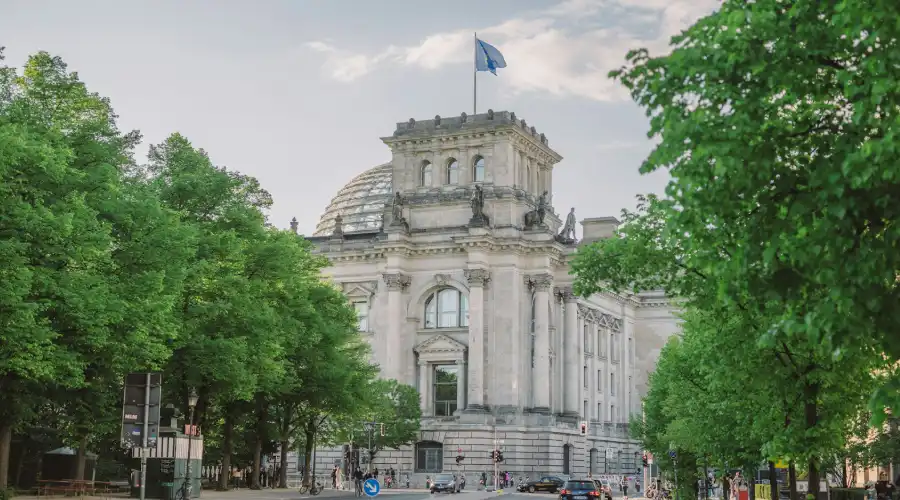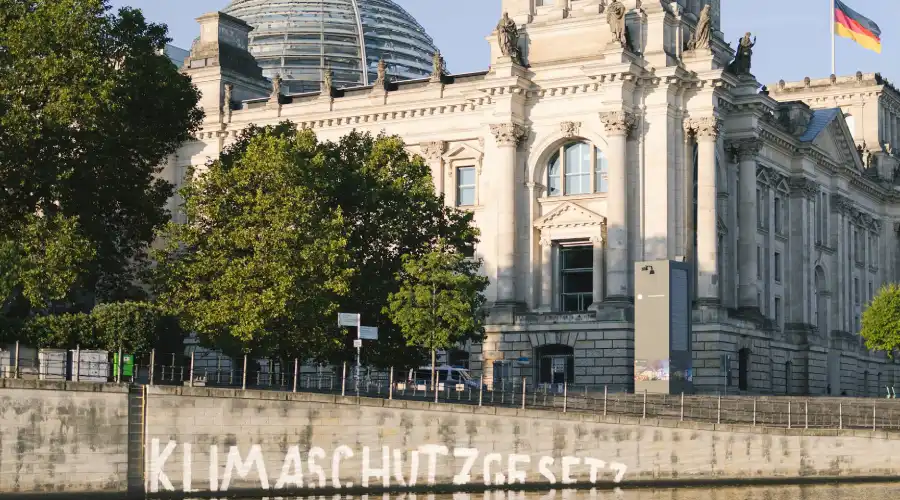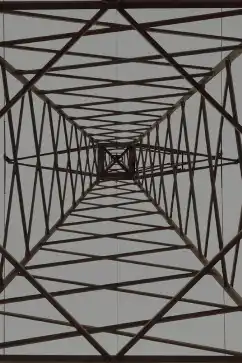Berlin’s Reichstag

About the Berlin’s Reichstag
Berlin’s Reichstag building is a powerful symbol of Germany’s democracy and political history and has thus been one of the most-visited sights of tourists throughout the city. Indeed, it has been entangled within Berlin’s (and Germany’s) political ensemble for centuries. It plays large parts in key German figures involved in everything from the Imperial Diet pre-WW1 to Hitler and back to the Parliament today.
With a Neo-Renaissance style that made the parliament building stand out as the home to the political heart of the city, the Reichstag (home of the Imperial Diet) was a symbol of the Weimar Republic and the German Empire but had to be reconstructed in the late 1900s, because that was where the history of Berlin met its future amidst the incredible reunification ceremony.
History of the Berlin’s Reichstag
Germany’s political landscape would not be the same without the influence of the Reichstag, for this building, which was dreamt into reality by architect Paul Wallot, has long since served as a seat for the German Parliament. The building was completed in 1894, but a fire at the Reichstag in 1933 triggered events that led to Hitler taking over as a dictator (though, admittedly, he had already attained chancellorship). This was worsened in the Second World War.
This changed in the 1960s after the erection of the Berlin Wall when the renovations began, though the decision was admittedly controversial, especially with the tensions between the East and the West. in 1990, however, the building was completed to serve as the official site for the reunification ceremony, once again declared home to the German Parliament. Following that, the British architect Sir Norman Foster was commissioned to oversee the continued renovation, which included the addition of a modern glass dome atop the historic structure. The dome was completed in 1999 and has since served as a symbol of transparency and openness in government as it allows natural light to illuminate the parliamentary chambers below.

Tips for your visit to the Reichstag in Berlin
- Book in Advance: The Reichstag is pretty popular, so booking tickets well in advance is better, especially during peak tourist seasons. Online reservations, in this case, are better for securing a spot and planning your visit.
- Arrive Early: Think about arriving early for your visit to the Reichstag so that you don’t lose time during security checks and entry procedures and can enjoy the experience to the fullest. The building can also get crowded, so arriving earlier also helps you beat the crush.
- Join a Guided Tour: Tours are always great, and a guided tour of the Reichstag, led by people with interesting and knowledgeable perspectives on its history, architecture, and political significance, is doubly amazing since it offers an in-depth look.
- Visit the Dome: Ascend to the top of the Reichstag’s glass dome – ascend to the top of the world. This location offers panoramic views of Berlin’s skyline and is open to visitors. It also provides a unique perspective on the city’s landmarks, including the Brandenburg Gate and Tiergarten Park, which you can see from this angle.
- Explore the Exhibitions: No matter which exhibitions are available, take the time to explore them because they will offer incredible insight into the historical and contemporary political landscapes.
Berlin’s Reichstag Tickets
When reserving tickets for the Reichstag, you can keep several things on hand and points to note. They can be reserved online, and these skip-the-line options would be smarter in the long run, especially if you want to minimize wasted time and maximize any chance for discounts on your Berlin Reichstag tickets price if you’re choosing a tour or something more since the entry to the dome and the terrace is free. To further facilitate your visiting Berlin Reichstag, you can join a tour group, join plenary sessions, and even climb atop the dome! Of course, some of these extra options require greater charges, but the experience is completely worth it.
How to Arrive to the Berlin’s Reichstag
Located at the Platz der Republik 1, 11011 Berlin, the Reichstag can be found in the Mitte district, a fairly central location that is easily accessible by most public transportation, which is generally the preferred mode of transportation to this attraction because not only is it incredibly popular with new visitors and tourists, but – again – it’s a central area with lots of things around it, too. Here’s how you can reach it through Berlin’s public transport systems:
By Train: The main rail station near this location is Hauptbahnhof, which is generally important to Berlin.
By U-Bahn: To get to the Reichstag, you must get to the station Bundestag first, which is fairly easy to get to since it’s the second (and middle) stop on Berlin’s shortest U-Bahn line that runs between Hauptbahnhof and Brandenburger Tor.
By Bus: You have two easy options on the bus – you can choose the number 100 bus or the M41. Both of them have the Reichstag as one of the stops.









